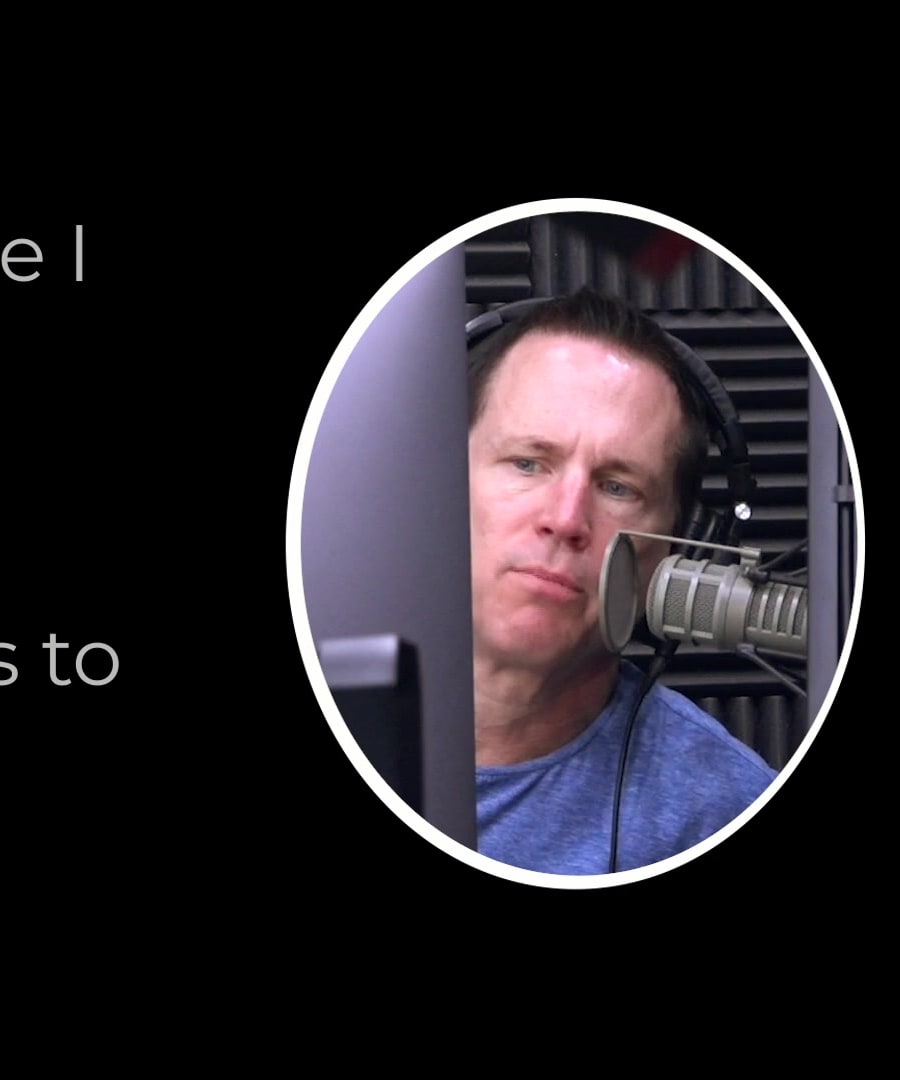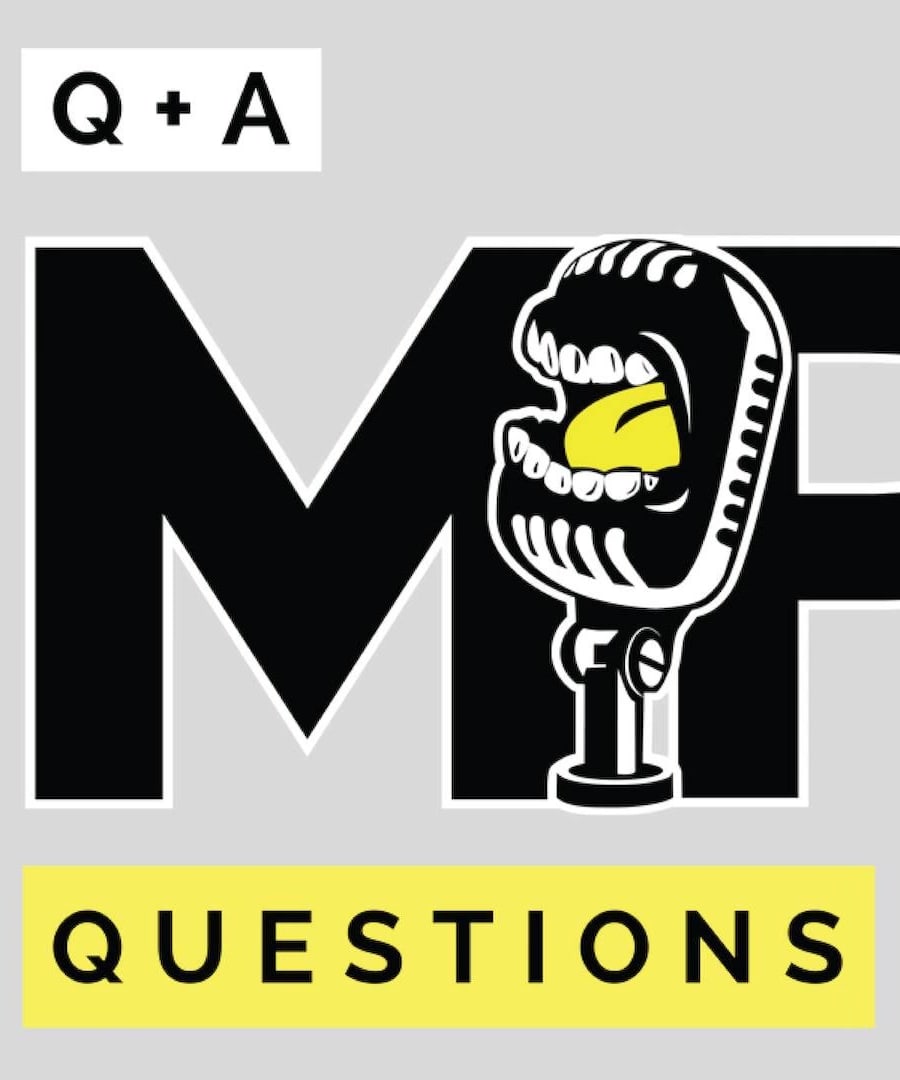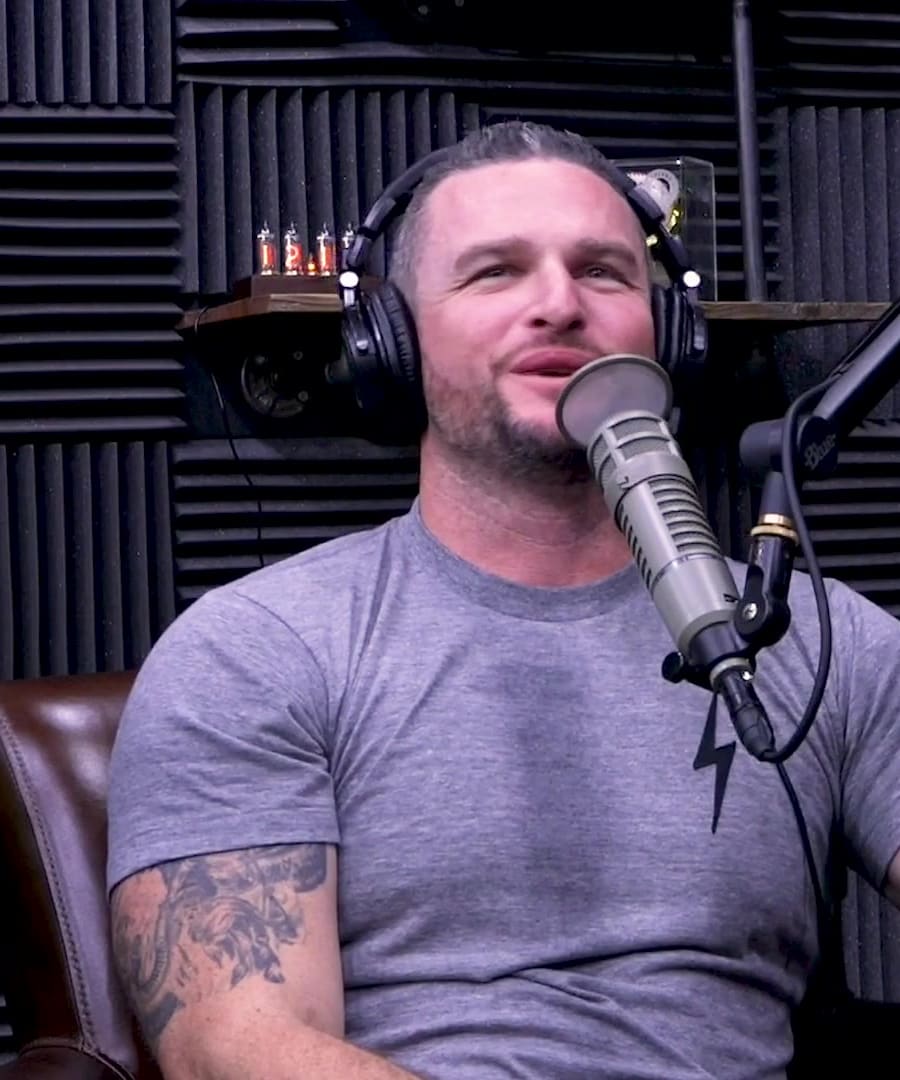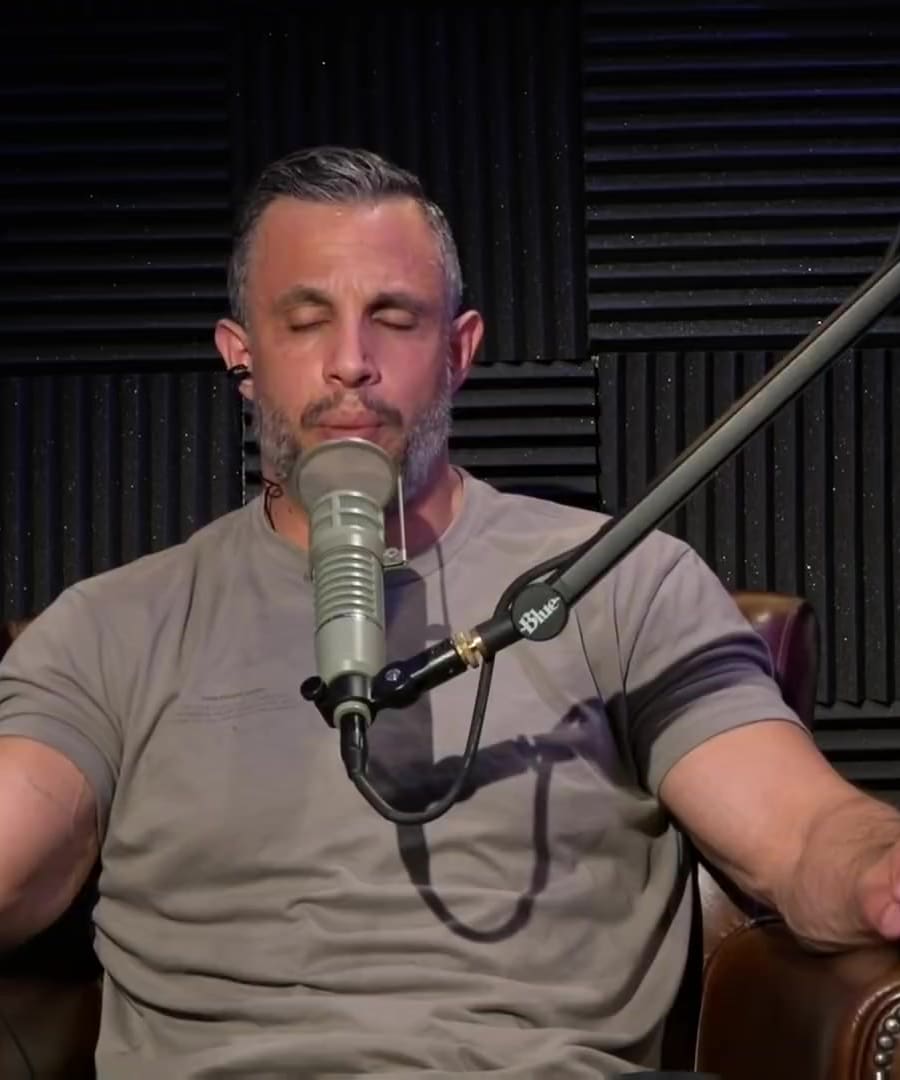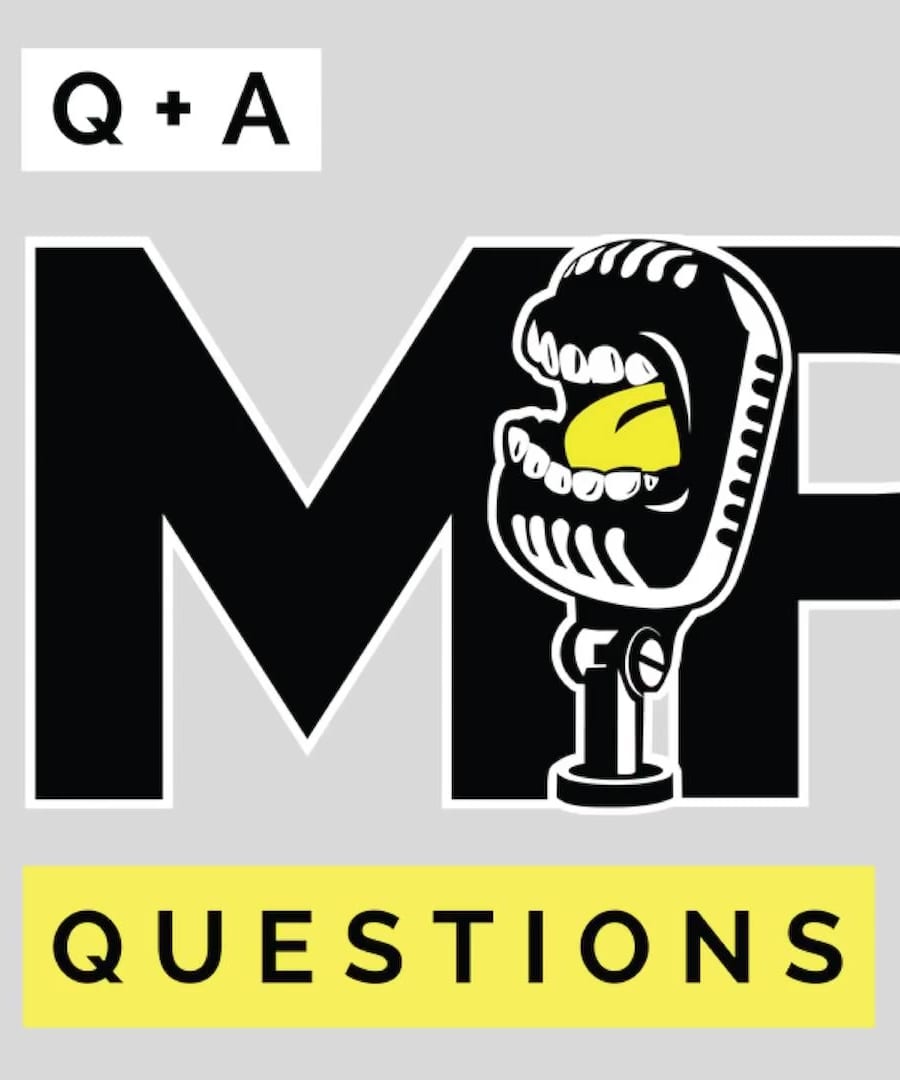How do I come out of a cut and into maintenance?
Sources:
Transitioning from a cut to maintenance involves careful adjustments to your diet and exercise routine. Here are some steps based on advice from and of Mind Pump:
-
Increase Calories Gradually: Start by slowly introducing more calories back into your diet, aiming for what you estimate to be your maintenance level 1.
-
Adjust Training: If you've been in a calorie deficit, your training style may need to adapt to your new goal. Incorporating a variety of rep ranges can help maintain muscle mass during this phase 2. Consider using a new training stimulus or program to continue sending a strong signal to your muscles, prompting them to grow or maintain size 3.
-
Monitor Progress: Observe your body's response by tracking changes in strength, performance, and body composition. This helps ensure you're not unintentionally continuing to lose weight or put on unwanted fat 1.
-
Intuitive Eating: Become more intuitive with your eating habits. Rather than strictly counting calories, focus on eating for performance and satiety, and be prepared to adjust based on how your body responds 4.
-
Include Mini Bulk or Maintenance Periods: To prevent metabolic adaptation and to preserve muscle, you may benefit from incorporating short periods of increased caloric intake or maintenance followed by a return to a slight deficit if needed 1.
-
Mindset: Approach this transition with a flexible attitude. Understand that the goal isn't to be exact with your daily caloric intake but to find a balance that allows for slight fluctuations over time 4.
Remember, this is a general guideline, and individual responses can vary. It's best to listen to your body, adjust as needed, and seek assistance from a fitness professional if you're unsure 4.
RELATED QUESTIONS-
Can you give me more tips from Mind Pump on transitioning from cutting to maintenance?
Sources:
Additional advice from , , and others on transitioning from a cutting phase to maintenance includes:
-
Cycle Cutting and Bulking: Spend more time on your primary goal, whether it's cutting or bulking, but also include brief periods of the opposite. For example, you might spend two to three weeks cutting, then eat at maintenance or a slight surplus for a few days before resuming the cut 1.
-
Include Mini Cuts and Mini Bulks: To prevent your body from adapting and slowing down metabolism, weave in and out of cuts and bulks, even if primarily focused on fat loss. Keep the periods short, switching to a surplus or maintenance after a few weeks of cutting to aid metabolic health 2.
-
Training Adjustments: Emphasize learning new exercises or modifying your program during a cut to maintain strength and muscle mass. New stimuli can help maintain progress despite being in a calorie deficit 3.
-
Change Workout Intensity: Adjust your training to decrease the intensity of heavy weights and focus more on movements that work your entire body, such as multiplanar movements and core work, to help maintain muscle mass and performance 4.
-
Slowly Increase Caloric Intake: Gradually adding calories to approach maintenance can help your body adapt without sudden weight fluctuations. Monitoring how your body responds can help fine-tune this process 5.
-
Not Always Cutting Calories: There's a psychological element in constantly reducing caloric intake, which can cause stress and adverse behaviors. Sometimes maintaining or slightly increasing calories for a while might be necessary to progress 6.
Incorporating these strategies should help provide a smoother transition from cutting to maintenance to ensure continued progress and metabolic health. Always pay close attention to how you feel and adjust as necessary 7.
RELATED QUESTIONS-


